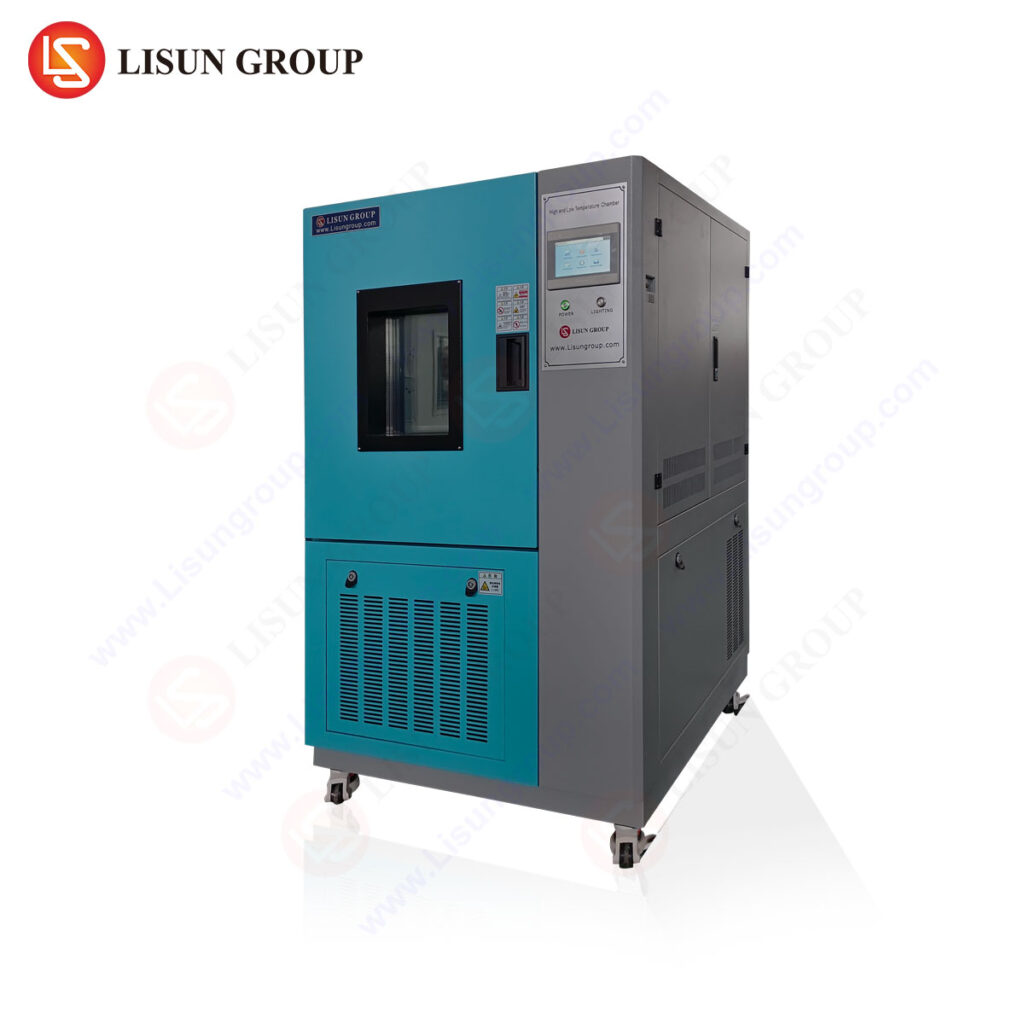Evaluating LED Performance in Hot and Humid Conditions
Introduction
What is LED Performance?
LED performance is the measure of how well a light-emitting diode (LED) performs in various conditions. LED performance is affected by a variety of factors, including temperature, humidity, and the type of LED used. In hot and humid conditions, LED performance can be significantly impacted, leading to reduced brightness, color accuracy, and lifespan.
How to Evaluate LED Performance in Hot and Humid Conditions
When evaluating LED performance in hot and humid conditions, it is important to consider the following factors:
1. Temperature: The temperature of the environment can have a significant impact on LED performance. LEDs are sensitive to temperature and can become less efficient as temperatures increase.
2. Humidity: High humidity can cause condensation on the LED, which can lead to corrosion and reduced performance.
3. LED Type: Different types of LEDs have different performance characteristics in hot and humid conditions. For example, some LEDs are more resistant to corrosion than others.
4. LED Driver: The LED driver is responsible for providing the correct amount of power to the LED. If the LED driver is not designed to handle hot and humid conditions, it can lead to reduced performance.
5. Mobile and Automotive Electronics: Mobile and automotive electronics can be affected by hot and humid conditions. For example, the electronics may become less efficient or even fail due to corrosion.
By considering these factors, it is possible to evaluate LED performance in hot and humid conditions and determine the best LED for the application.
Testing LED Driver or Mobile or Automotive Electronics
When testing LED driver or mobile or automotive electronics in hot and humid conditions, it is important to consider the following factors:
1. Temperature: The temperature of the environment should be monitored to ensure that the electronics are not exposed to temperatures that are too high.
2. Humidity: The humidity of the environment should be monitored to ensure that the electronics are not exposed to levels of humidity that are too high.
3. LED Driver: The LED driver should be tested to ensure that it is able to provide the correct amount of power to the LED in hot and humid conditions.
4. Mobile and Automotive Electronics: The mobile and automotive electronics should be tested to ensure that they are able to function properly in hot and humid conditions.
By considering these factors, it is possible to test LED driver or mobile or automotive electronics in hot and humid conditions and determine if they are suitable for the application.
Conclusion
LED performance in hot and humid conditions can be significantly impacted, leading to reduced brightness, color accuracy, and lifespan. When evaluating LED performance in hot and humid conditions, it is important to consider the temperature, humidity, LED type, LED driver, and mobile and automotive electronics. Additionally, when testing LED driver or mobile or automotive electronics in hot and humid conditions, it is important to consider the temperature, humidity, LED driver, and mobile and automotive electronics. By considering these factors, it is possible to evaluate LED performance in hot and humid conditions and determine the best LED for the application.
FAQs
Q: What is LED performance?
A: LED performance is the measure of how well a light-emitting diode (LED) performs in various conditions. LED performance is affected by a variety of factors, including temperature, humidity, and the type of LED used.
Q: How can LED performance be evaluated in hot and humid conditions?
A: When evaluating LED performance in hot and humid conditions, it is important to consider the temperature, humidity, LED type, LED driver, and mobile and automotive electronics. By considering these factors, it is possible to evaluate LED performance in hot and humid conditions and determine the best LED for the application.
Q: How can LED driver or mobile or automotive electronics be tested in hot and humid conditions?
A: When testing LED driver or mobile or automotive electronics in hot and humid conditions, it is important to consider the temperature, humidity, LED driver, and mobile and automotive electronics. By considering these factors, it is possible to test LED driver or mobile or automotive electronics in hot and humid conditions and determine if they are suitable for the application.







